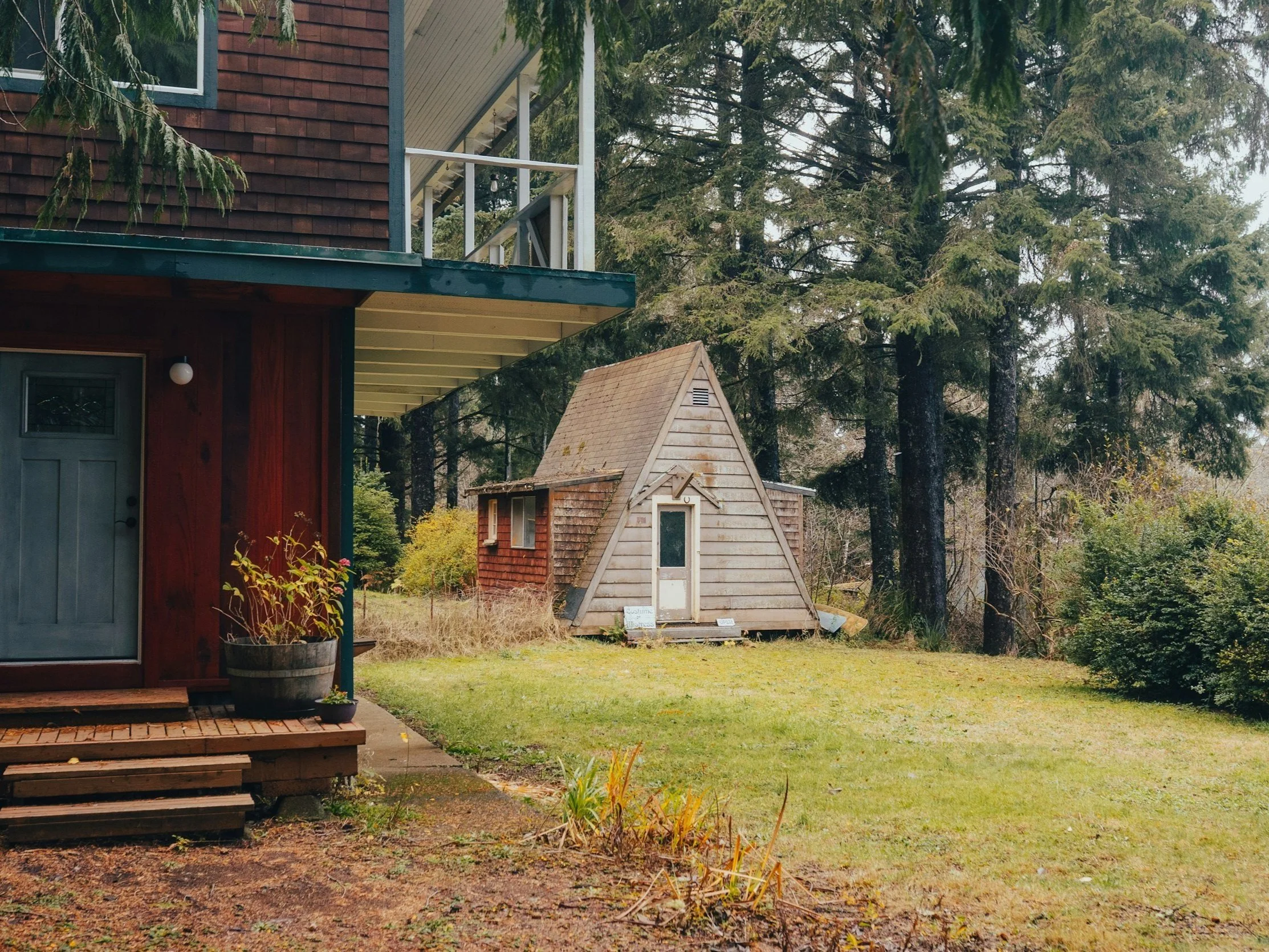ADU Financing
Accessory Dwelling Units (ADUs) are a smart way to increase property value, generate rental income, or provide housing for family members. But how do you pay for building one? Here are some common financing options to consider.
HELOAN
If you have mortgage on a property that you want to keep, you can add a 2nd mortgage to tap into your home equity. A HELOAN is a 2nd mortgage that has a fixed interest rate and amortizes just like most 1st mortgages. In other words, the payments do not change and the principal loan balance is paid down from the start. When you get a HELOAN you receive a lump sum of money. The rates on these loans are often lower than on equity lines of credit like HELOCs. The terms are standard with most people opting for a 20 or 30 year repayment term.
HELOC
Another way to tap your home’s equity without affecting your current mortgage is with a HELOC. HELOC stands for home equity line of credit. This type of loan functions differently than most mortgages. Instead of getting all the money at the start, you have a line of credit that you can draw from. HELOCs have 2 parts to them. There is a “draw period” where you can pull money out of your home and a repayment period. During the draw period you are only required to make payments on the interest. Once your draw period ends you can’t pull any more money out and you start to pay against the loans principal. HELOCs rates vary meaning they can go up or down over the life of the loan. While the interest rates for these are usually higher than HELOANs, they provide more flexibility to pull money as needed or pull more money if needed.
ARV HELOC
In cases where you don’t have enough equity in your home currently, but building an ADU will create equity, an ARV HELOC may be the solution. ARV HELOC stands for After Renovation Value Home Equity Line of Credit. It functions like a construction loan and HELOC combined. HELOANs & HELOCs only allow you to borrow against the equity you currently have, while an ARV HELOC understand that you will use the loan to create equity with an ADU.
Cash-Out Refinance
A cash-out refinance replaces your existing mortgage with a larger mortgage. This will leave you with a lump sum of cash to complete the project with a fixed interest rates and a fixed term. In some instances it makes sense to get a new 1st mortgage instead of adding a 2nd mortgage like the options above. You want to compare 1 mortgage to 2 mortgages with a mortgage professional. Here are two common scenarios that make a cash out refinance the best option:
Your current mortgage rate is similar to market rates for a new mortgage.
You have a low principal balance on the current first mortgage.
What finance option is best for an ADU?
There is no one-size-fits-all solution when it comes to financing an ADU. Talking to a mortgage broker who has all of these loan types is the best place to start. Each option should be considered and compared with the help of an expert. With the right help, you can build an ADU while paying the least amount of interest.
